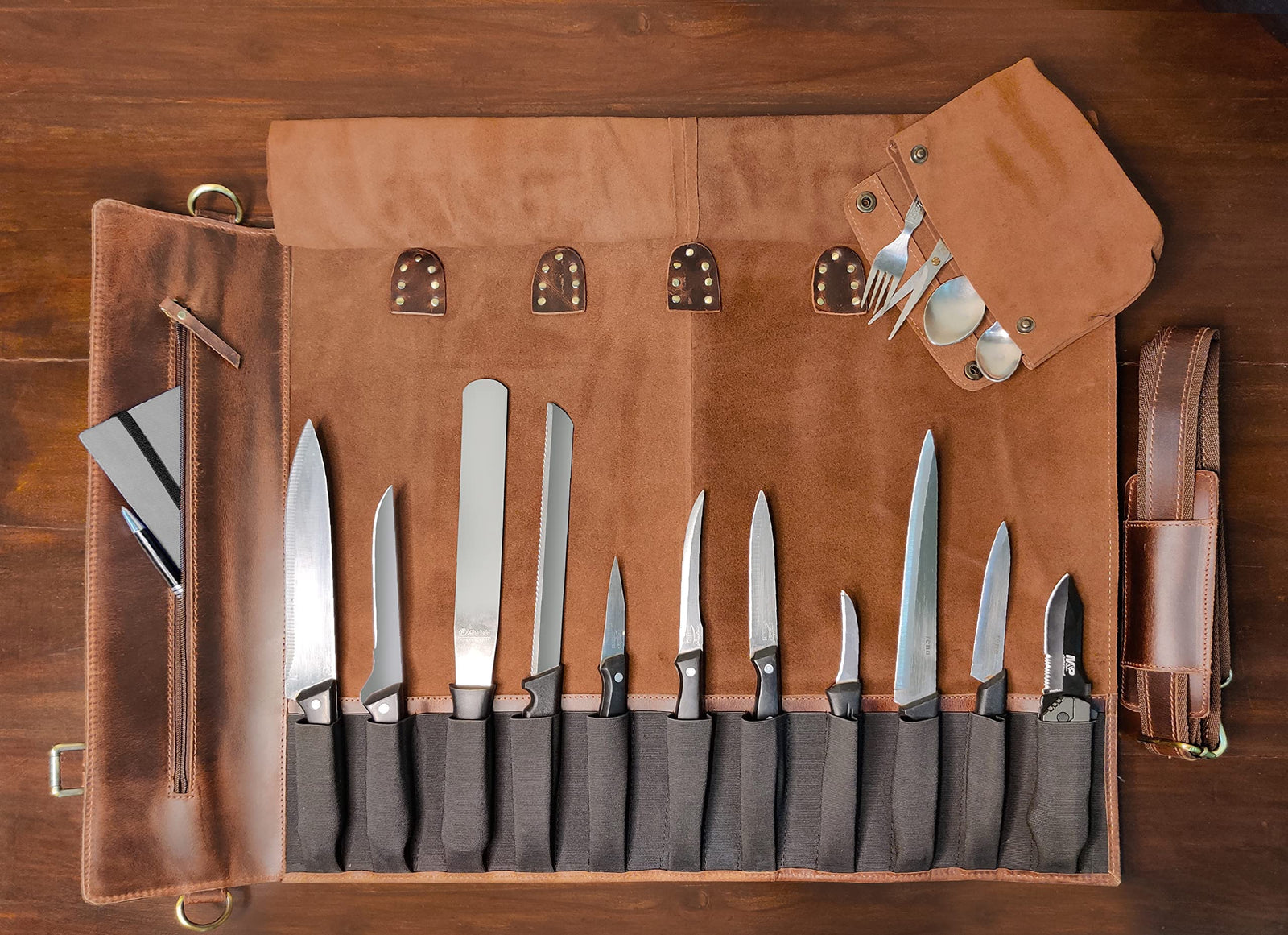Your Cart is Empty
FREE SHIPPING FOR USA

Let’s be honest—owning a Damascus knife isn’t just about cutting things. It’s about owning a piece of steel art. Those swirling patterns, the razor-sharp edge, the craftsmanship… it’s a vibe. But here’s the thing—if you’re tossing that beautiful blade into a drawer or leaving it in a damp sink, you’re doing it dirty.
This guide is for knife lovers, collectors, chefs, and anyone who actually gives a damn about protecting their investment. We're diving deep into the right way to store Damascus knives to prevent rust, preserve sharpness, and keep them looking fly for years.
It's forged by layering multiple types of steel (often high-carbon) together.
That wavy pattern? It’s more than just pretty—it’s functional, offering durability and hardness.
But the high carbon content? That’s a double-edged sword. It makes your knife sharp—but prone to rust.
Humidity, acidic residues, and poor airflow = rust city.
Leaving your knife out in the open or tucked away wet is like sending it to an early grave.
Leather looks classy, but it can retain moisture—only use if your knife is 100% dry.
Wood sheaths (like saya) are breathable and traditional—ideal for kitchen knives.
Kydex is rugged and perfect for EDC or outdoor knives.
Very ideal for saving blades from rust made with original leather best for storage and traveling
Mount it on the wall and let your knife breathe.
Bonus: It keeps the blade dry and visible, reducing chances of rust.
Slotted blocks are great but require dry knives—any moisture inside those slots is a no-go.
Universal blocks with plastic rods allow flexible storage but can dull your knife if misused.
Only use if you’re low on counter space and your drawer is dry.
Add silica gel packets inside the drawer for moisture control.
Cheap, effective, portable.
Perfect for temporary storage or while transporting.
Always hand wash and dry immediately with a microfiber cloth.
Avoid letting it air dry. Even a tiny droplet can start the rust process.
Use food-safe mineral oil or camellia oil.
Especially important if you live in a humid climate or store knives for long periods.
Throw a few into drawers or storage cases.
They silently battle humidity and help prevent corrosion.
Sounds basic, but it’s the number one reason knives rust.
Acidic food like tomatoes or citrus can cause pitting fast.
| Storage Area | Risk Level | Pro Tips |
|---|---|---|
| Kitchen Counter | Low | Use a block or magnetic strip, not the sink. |
| Kitchen Drawer | Medium | Must be dry, organized, and protected. |
| Outdoors/Camping | High | Always use sheaths, clean and oil post-use. |
| Display Case | Medium | Good airflow needed. Use silica gel packets. |
Yes, but only if it’s bone-dry. Leather can absorb moisture and cause rust if your blade isn’t fully clean and dry.
At least once a month—or after every use if you live near the ocean or in a humid area.
Absolutely. Just make sure the magnet is strong, and the knife doesn’t slam into it, which can damage the edge.
In a drawer, loose, wet, and covered in tomato juice. Seriously—don’t do it.
A Damascus knife isn’t just another kitchen tool—it’s a piece of steel forged with tradition, precision, and artistry. By giving it the proper storage love it deserves, you’re ensuring it stays sharp, rust-free, and ready to perform.
Whether you’re a weekend warrior or a seasoned chef, remember: Good storage is preventative care. And your blade will thank you for it.